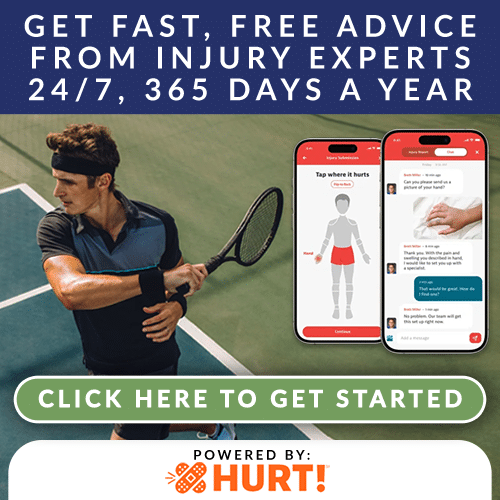When describing the shoulder to patients I often tell them “shoulder stability has been sacrificed to allow for the mobility we demand in our daily lives”. Patients are often surprised to hear that the only boney attachment of the arm to the rest of the skeleton is the smallest of the three joints of the shoulder; where the collarbone meets the breastbone. All of this mobility comes at a price. Poor posture, repeated motions, especially overhead, and excessive pressures often result in shoulder injuries.
Shoulder impingement is a common cause of rotator cuff injuries and bursitis. To understand shoulder impingement you first need to understand a little bit about the anatomy of the shoulder. Let’s start with the rotator cuff. The rotator cuff is a series of four small muscles that attach the shoulder blade to the long bone in your upper arm or humerus. They provide compression and stability to the shoulder allowing you to raise your arm away from your body and over your head. One of the four tendons of the rotator cuff, the supraspinatus muscle, passes between an extension of your shoulder blade, the acromion, and the humerus. This narrow space is where shoulder impingement occurs.
The symptoms of shoulder impingement occur when the space between the acromion and the humerus becomes further narrowed. This can occur in a variety of situations. For example, if someone does not maintain proper sitting or standing posture, the subacromial space, the space in between the acromion and the humerus, can be diminished resulting in a pinching of the rotator cuff muscles. The pinching can cause irritation in the tendon of the muscle which causes it to swell; limiting the space even further. Also, improper throwing mechanics can result in a functional impingement. Again, the tendon becomes inflamed, swells, and worsens the symptoms of impingement.
Another common cause of shoulder impingement relates to the natural changes that occur in bone as we age. These changes are often visible by x-ray and can be corrected surgically. Spurs or boney projections from the acromion, surrounding ligaments, or even some small joints in the shoulder can decrease the subacromial space and contribute to the development of shoulder impingement. All causes of impingement result in eventual damage to the rotator cuff muscles, most notably the supraspinatus muscle. As the tendon of this muscle has a poor blood supply it is best to intervene as early as possible and minimize the potential damage.
When someone has shoulder impingement, they typically feel pain at the front or side of the shoulder that worsens with overhead activities. At times, the pain can radiate down the arm but the pain usually will not go beyond the elbow. Almost everyone who suffers from shoulder impingement will experience significant night pain. In this situation, the pain worsens when the person lies down to sleep and they will often avoid sleeping on the affected shoulder.
There are a number of clinical tests that can be performed to confirm this diagnosis. Most of the tests are positional tests designed to reproduce symptoms. Also, a radiographic examination can be helpful in revealing degenerative changes. Sometimes, a numbing agent can be injected into a specific area of the shoulder to confirm the diagnosis. My best advice is to not delay a thorough examination as it may only prolong your recovery. Come in and see me or one of our other medical providers. We will conduct a complete examination on you. Also, we can initiate treatment and start you on the road to recovery.
Treatment for shoulder impingement usually involves, rest, ice, nonsteroidal anti-inflammatory medications, steroid injections into the subacromial space or physical therapy. Usually, the physical therapy involves rotator cuff strengthening exercises. Also, your physical therapist will likely give you exercises to improve your posture and help prevent a recurrence of the injury. There are occasions when surgery is required. In such circumstances, portions of the acromion are shaved to reduce the impingement.
If you would like to learn more about shoulder impingement, I invite you to visit our website at www.agilitydoctor.com to listen to a podcast recorded on the subject.

